Quite early in the war the Germans were known to be working towards the production of an atomic bomb; it was thought they had made considerable progress in the production of Heavy Water, an essential component. Attacks were planned in 1942 to delay production at a German research establishment at the Norsk Hydro plant at Vermork in Norway. This was situated in an isolated deep valley 60 miles west of Oslo and 80 miles from the coast.
The heavy water plant was situated on a rock shelf 1,000 feet above a river requiring a precipitous climb and was unsuitable terrain for parachutists or gliders. It was decided a glider borne landing would be attempted on a landing zone five hours marching distance away. The raiders would be guided by a ‘Rebecca-Eureka’ radio location device to the landing zone and then by Norwegian guides to the objective. Once the objective was destroyed, the group had to extract across the mountains to Sweden.
The operation required a force of 12 to 16 skilled engineers, who had to be duplicated due to the hazardous nature of the task. They were selected from volunteer parachutists of the 9th Field Company and 261st Field Company RE and were commanded by two RE Lieutenants: A C Allen and D A Methven. The group departed towed by two Halifaxes from 38 Wing RAF during the early evening 19th November 1942 in marginal weather conditions. Only the Halifax bomber was then capable of towing a glider for 400 miles and returning to base.
Only one aircraft returned. The fate of the others was not known until after the war.
The first aircraft reached its objective landing site, but ice formed on the tow rope which prematurely broke. The glider crashed on to the mountainside. Eight of the 17 men inside were killed and nine captured, of whom four were injured. Five were shot and the injured poisoned by a German doctor on Gestapo orders. The Halifax Tug got back.
The second tug-glider group crash landed near Helleland. The aircraft crew were killed and three of the glider complement also died. Survivors were shot within a few hours of capture under the terms of the infamous ‘Commando Order’ issued by Hitler.
Though Operation FRESHMAN failed, largely due the breakdown of the homing beacon, this first British glider operation demonstrated the range, versatility and flexibility of determined airborne soldiers.
If you are a relative of one of the men sent on this mission, please feel free to contact us at enquiries@paradata.org.uk

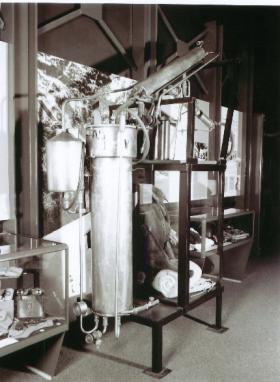
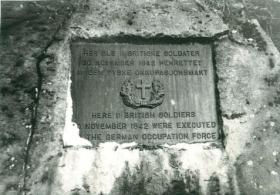
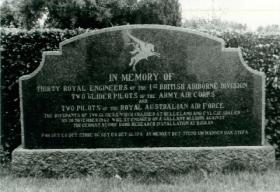
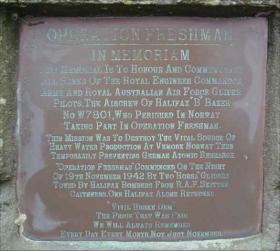
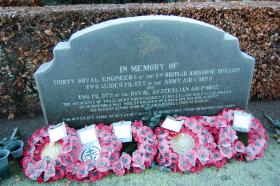
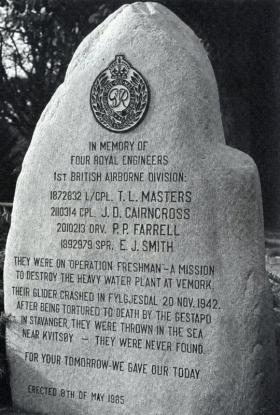
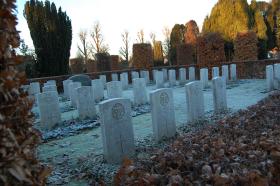
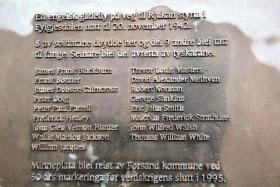
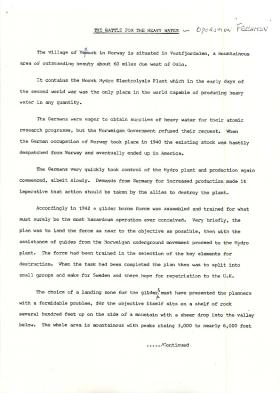
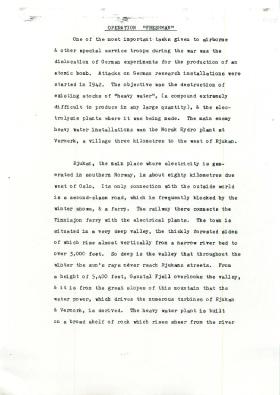
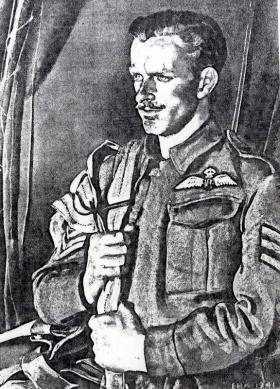
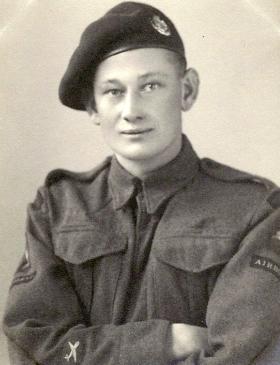
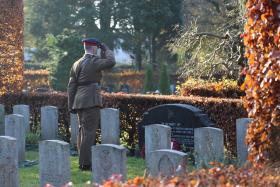
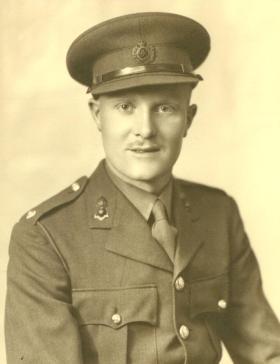
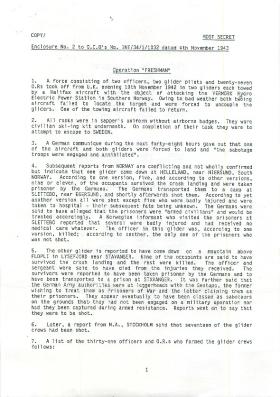
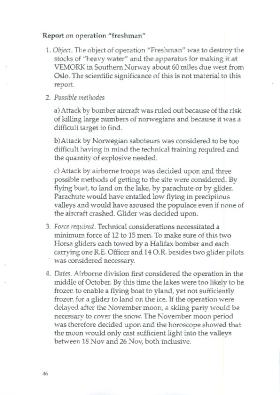
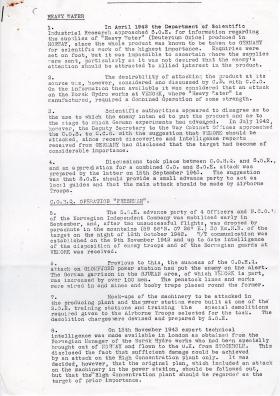
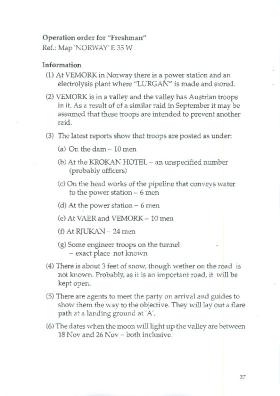
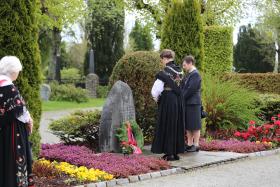
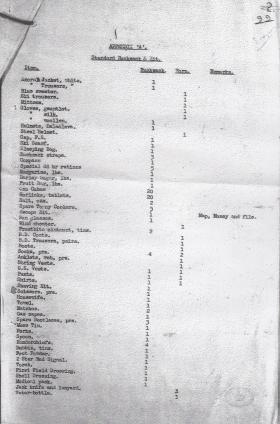
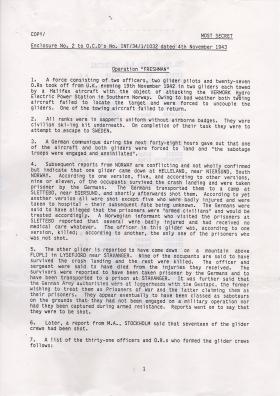
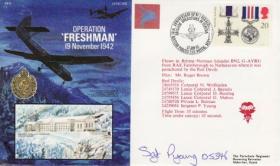




Latest Comments
There are currently no comments for this content.
Add Comment
In order to add comments you must be registered with ParaData.
If you are currently a ParaData member please login.
If you are not currently a ParaData member but wish to get involved please register.